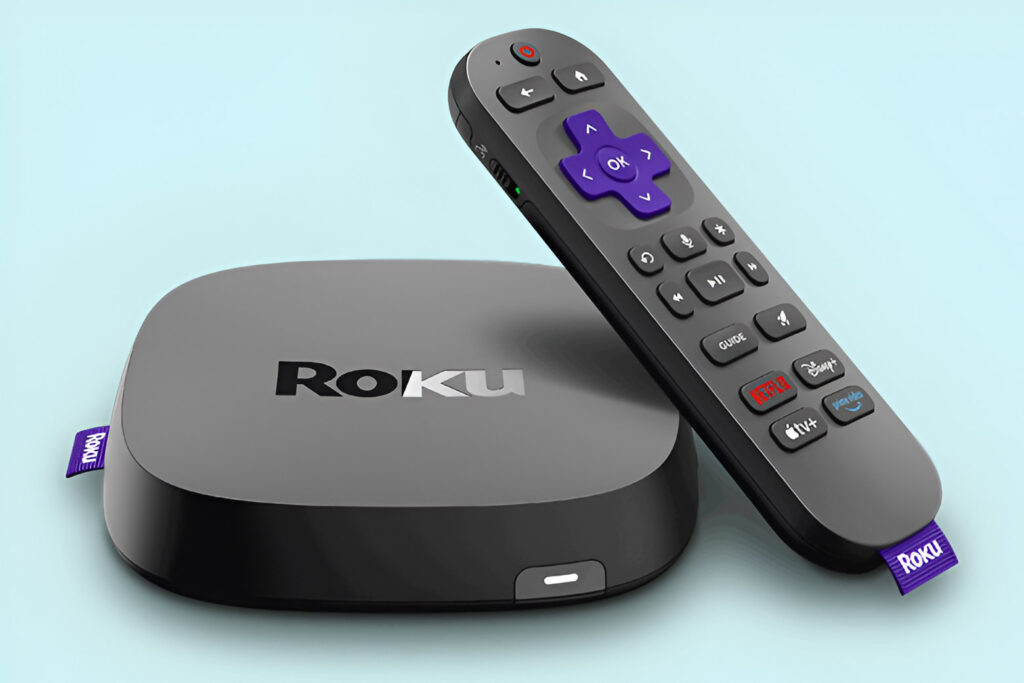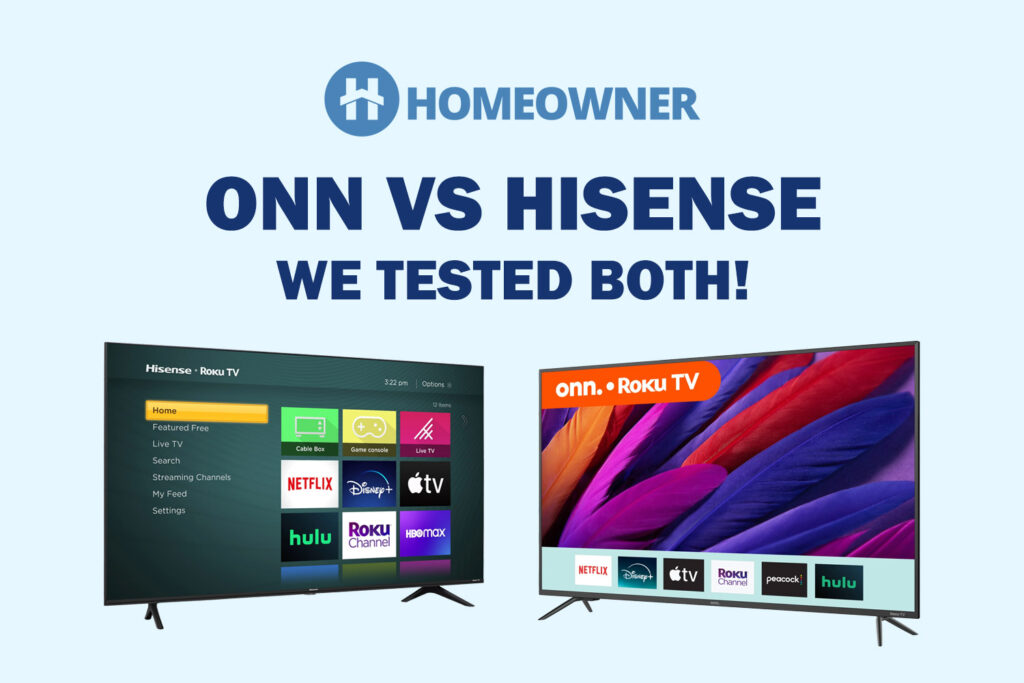WiFi 7 is an upcoming wireless standard that'll be used for networking communications in the future. Being a newer standard, it's 4.8 times faster than the current WiFi 6 and 6E.
WiFi 7 also brings in the ultra-low latency, extensive device handling capacity, and more stable connectivity. With theoretical speeds as high as 46 Gbps and features like 4K QAM and MLO, it's all set to improve your internet-using experience.
In this article, I'll discuss the current state of this next-gen WiFi standard, its key specs, the expected launch time, and a brief comparison with preceding standards.
Fun Fact: TP-Link launched the world's first WiFi 7 mesh router, Deco BE85, before the launch of the wireless standard.
WiFi 7: Explained
Like any other wireless standard, even WiFi 7 requires approval from IEEE and Wireless Alliance. And while the wheels have been set into motion, we can expect the approval certification at the beginning of 2024.
While the exact launch date is still under wraps, looking at the current status and directions, WiFi 7 is expected to launch in May 2024. However, it seems IEEE is still to agree on the final set of specs.
But then, router manufacturers have already started making WiFi 7 routers, and a full-throttle launch might await us in the third quarter of 2024.
As the devices, or rather clients, will have to bring in backward compatibility and compatible firmware, IEEE approval would be required to move ahead.
👉 Related reading: How To Cancel T-Mobile Services
Key Specifications of WiFi 7
The best thing about this latest wireless standard is that it introduces several new features. Let me discuss each.
1. Better Wireless Speeds
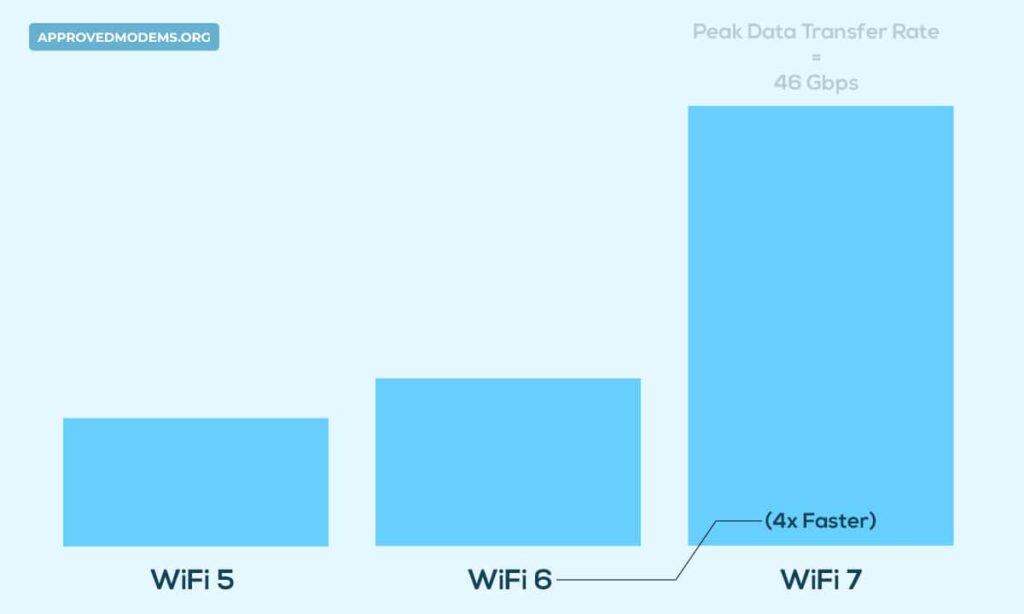
A new wireless standard is expected to be faster. Yet, by how much is the question? Well, the peak speed of Wi-Fi 7 is 46 Gbps. On paper, it is 4.8 times faster than Wi-Fi 6 and 6E and over 5 times faster than Wi-Fi 5.
While I shall explain each piece of innovation later, the higher speeds result from wider transmission WiFi channels and the ability to use multiple bands simultaneously. And better speeds will lead to faster gaming and high-quality streams.
Suggested Comparison: WiFi 5 vs WiFi 6
2. The 320 MHz Channel

If you know the specs associated with Wi-Fi 6, you would know it works using the 160 MHz channel for faster transmissions. Wi-Fi 7 intends to better that with 320 MHz. The wider channels are similar to multi-lane highways. The wider the highway, the more vehicles can travel.
The same is the case with WiFi channels. With a 320 MHz channel in WiFi 7, you'll experience faster data transmission, eliminating network congestion.
3. Backward Compatibility
Wi-Fi 7 is backward compatible. This means wireless clients supporting Wi-Fi 7 should be able to work with Wi-Fi 6 and other older standards.
This feature facilitates coexistence with all the other legacy components across 2.4 GHz, 5 GHz, and even the 6 GHz band, exclusive to the WiFi 6E devices.
👉 Related reading: How To Cancel Windstream Services
4. Multi-Link Operation (MLO)
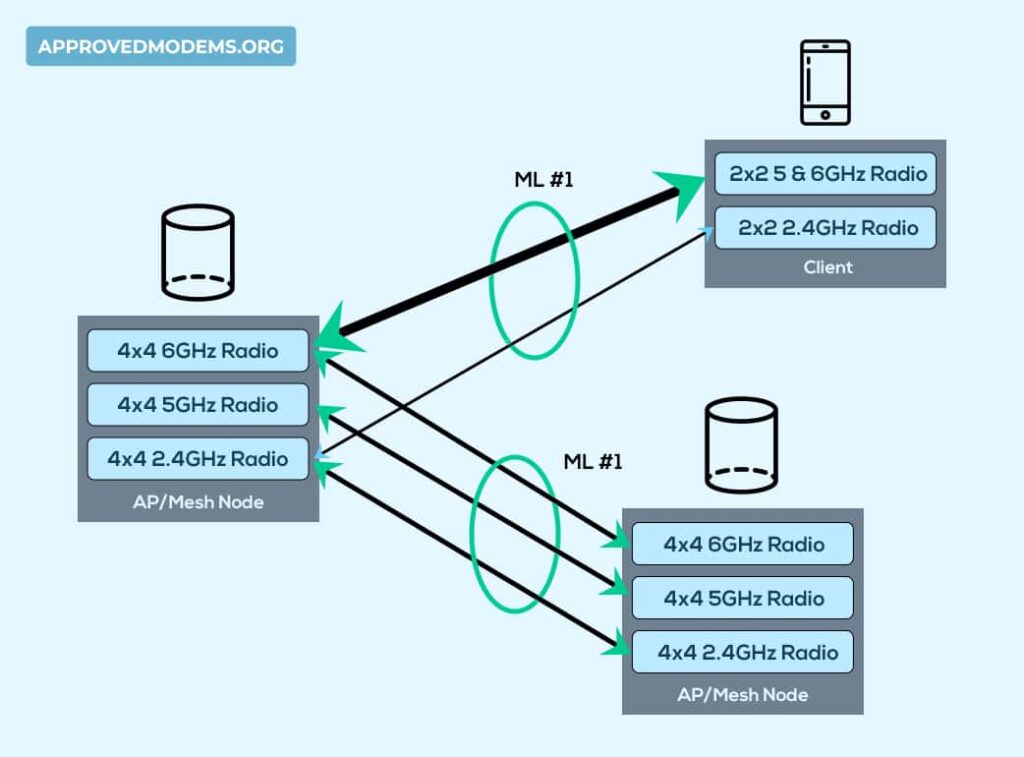
If you seek the highest level of wireless innovation, the MLO takes center stage. This enhancement allows or would allow users to connect two devices using multiple bands, thereby increasing speeds and stability.
Unlike Wi-Fi 6, where two compatible devices are connected using only one band, say 2.4 GHz or 5 GHz, two Wi-Fi 7-compatible devices can use frequencies across bands to enhance throughput and minimize interference.
5. 4K QAM
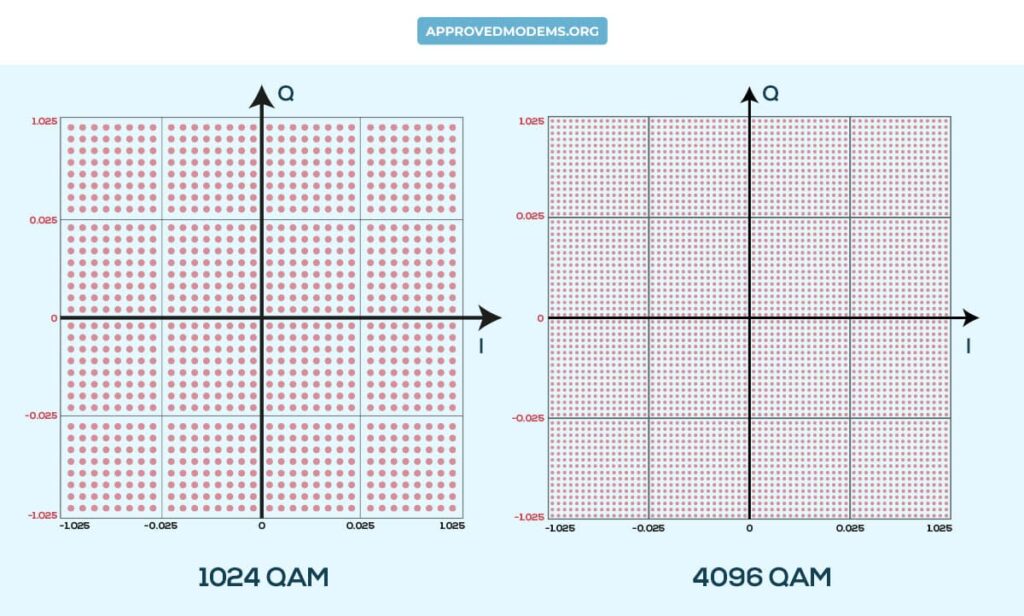
Wi-Fi 6 supports the 1024-QAM or the Quadrature Amplitude Modulation tech that receives and transmits data corresponding to radio waves. WiFi 7 brings in 4K QAM instead, allowing users to pack more information within the signal.
Leapfrogging to 4K instead of 1024 is expected to cause a 20% bump in the peak performance of any device.
However, a higher QAM threshold lowers the range, and therefore, the usefulness will be felt only if the signal is strong. We would, therefore, need more powerful Wi-Fi clients with more processing juice.
👉 Related reading: How To Cancel Frontier Internet
6. Better Performance and Response Time
If you are a gamer, you would love Wi-Fi 7, which is meant for stable and responsive connections. The wider channels, 4K QAM, and MLO work together to reduce latency and network-specific jitters.
As a result, Wi-Fi 7 makes a difference if you are into 4K/8K streaming, gaming, AR/VR projects, and other bandwidth-intensive tasks.
7. Wake Time Enhancement
With this feature, WiFi 7 can reserve bandwidth for highly specific tasks, even when you are doing heavy tasks like video streaming or gaming. Plus, it increases the efficiency of your devices by minimizing power consumption. This feature also minimizes signal collision and improves connection quality.
8. Higher Number of MIMO Streams
Wi-Fi 7 cones with 16 MIMO streams, supporting a wider number of simultaneous connections. This feature also helps lower latency and increase efficiency.
When Will WiFi 7 Clients Launch?
The timeline of the WiFi 7 clients launching seems to have shifted from 2023 to early 2024. The processing power, chipset quality, and the entire circuitry must be overhauled for the WiFi 7 compatible devices.
So, client launch is expected to be time-intensive. However, companies like Qualcomm, Broadcom, Intel, and even MediaTek are working tirelessly towards making the right chipsets available.
And it is also worth mentioning that even Apple is working towards launching its own version or implementation of Wi-Fi 7 over the next few years.
Despite the set timeframe, there are a few Wi-Fi 7 routers that are already retailing across online and offline stores. These include the TP-Link Deco BE85, BE95, and ASUS ROG Rapture GT-BE98. However, before investing in these, I suggest you wait for an official rollout.
👉 Related reading: How To Cancel CenturyLink Service
WiFi 7 vs WiFi 6: Quick Comparison
| Aspect | Wi-Fi 7 | Wi-Fi 6 |
|---|---|---|
| IEEE Standard | 802.11be | 802.11ax |
| Peak Speed | Up to 46 Gbps | 9.6 Gbps |
| QAM Modulation | 4096-QAM | 1024-QAM |
| Channel Width | 320 MHz | 160 MHz |
| Access Point | Multiple | Single |
| Spatial Streams | 16 | 8 |
| WiFi Security | WPA 4 (TBD) | WPA 3 |
Notably, the Wi-Fi 6E standards the 6 GHz band.
Frequently Asked Questions
While the initial set of specifications for WiFi 7 has been laid out, the IEEE is still deciding on the complete list of specifications. Approval for the same should arrive by the first quarter of 2024.
Wi-Fi 7 compatible routers have started launching. However, waiting for the specifications and standard finalization is better before investing in these. Also, they'll be costly at the initial stage.
While on paper, the WiFi 7 speed is rated 46 Gbps compared to Wi-Fi 6’s 9.6 Gbps, you can expect it to handle connections set at 2.5 Gbps easily. However, for routers to work at their potential, the ISPs need to launch high-end multi-gig internet plans.
Conclusion
WiFi 7 is expected to be a game changer for the wireless networking space. But the real question here is: do you really need an upgrade?
Well, if you are a heavy gamer or a professional who dons multiple hats and needs a lot of stable video conferencing bandwidth, Wi-Fi 7 might be the right standard for you, if and when it is available, courtesy of lowest possible latency, minimal connection drops, and better network prioritization.


